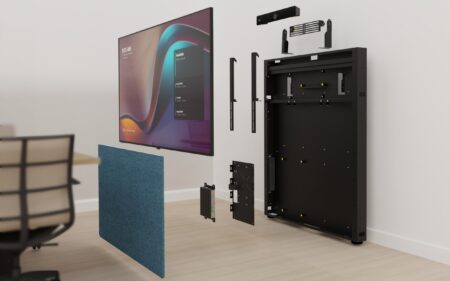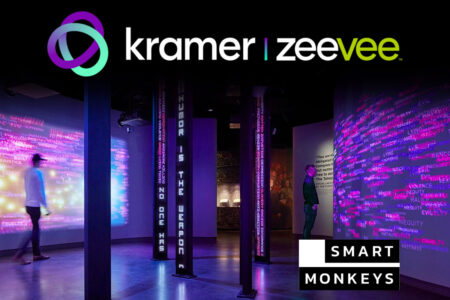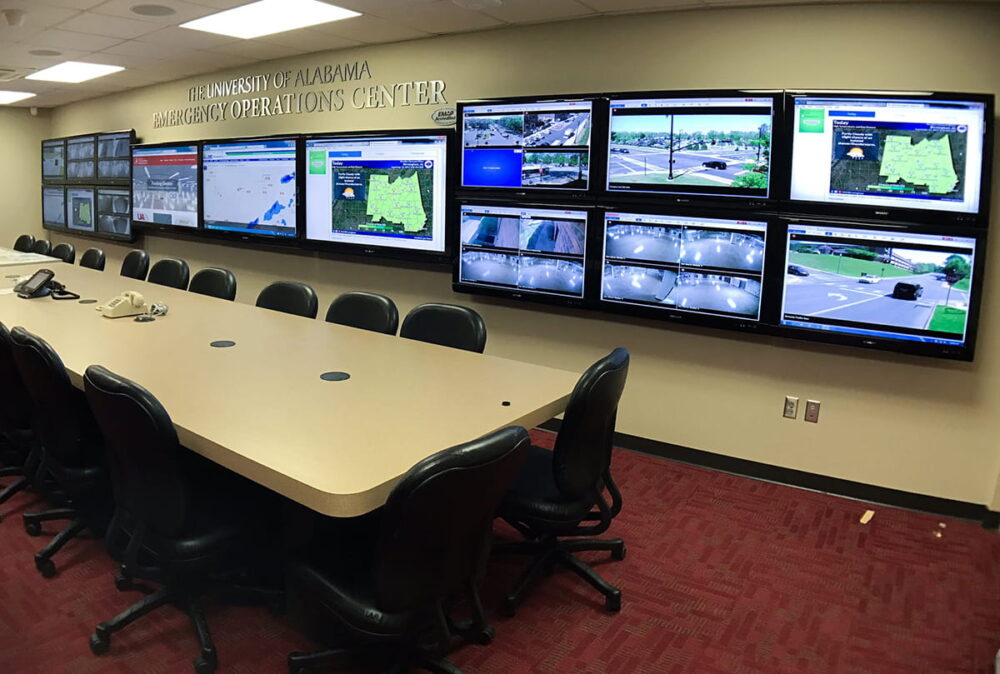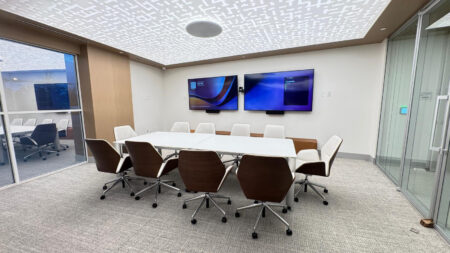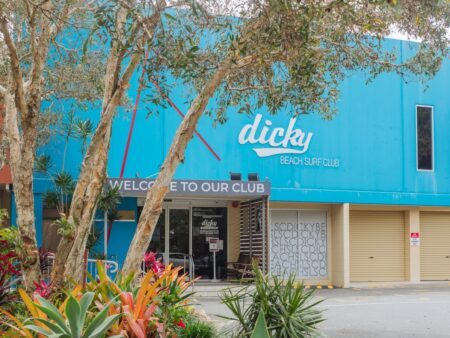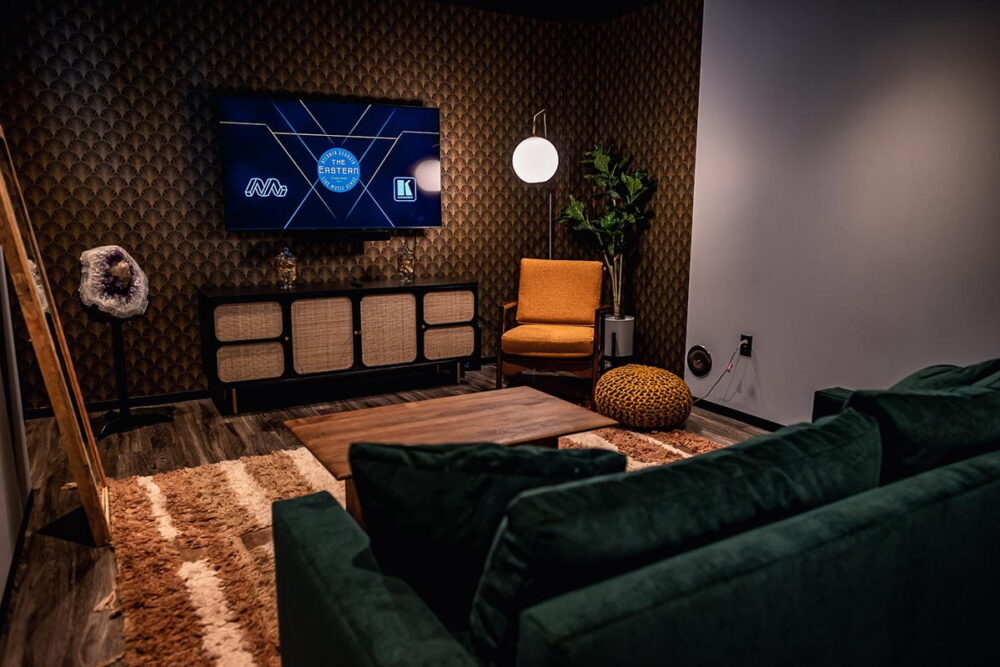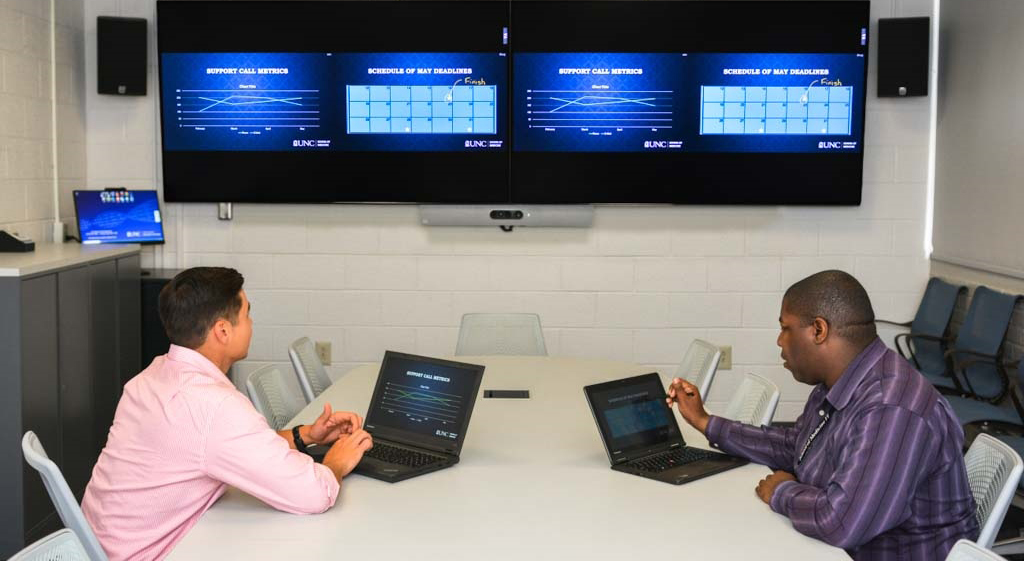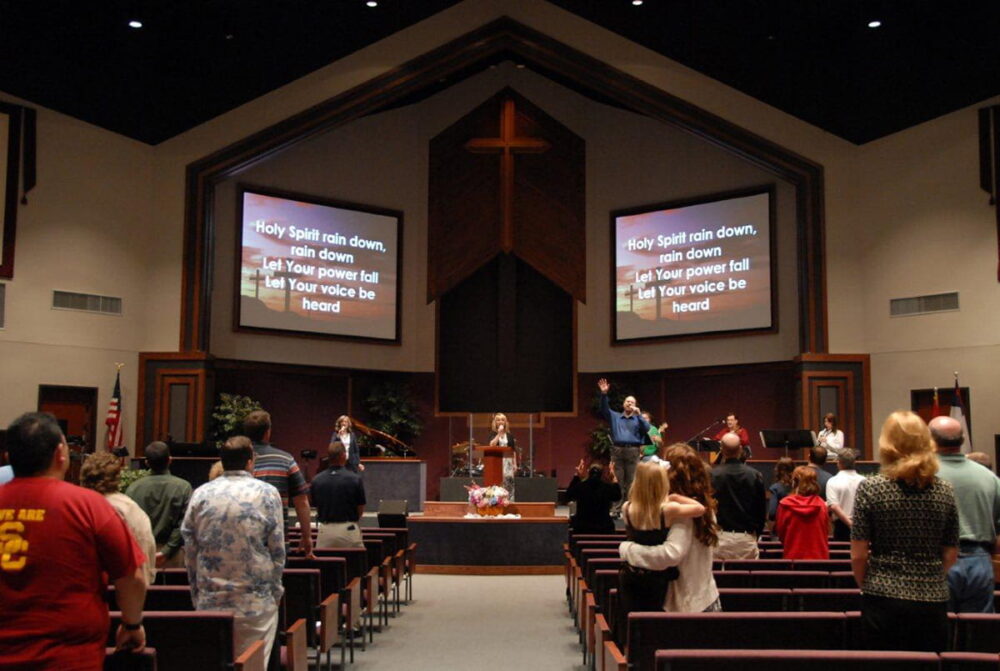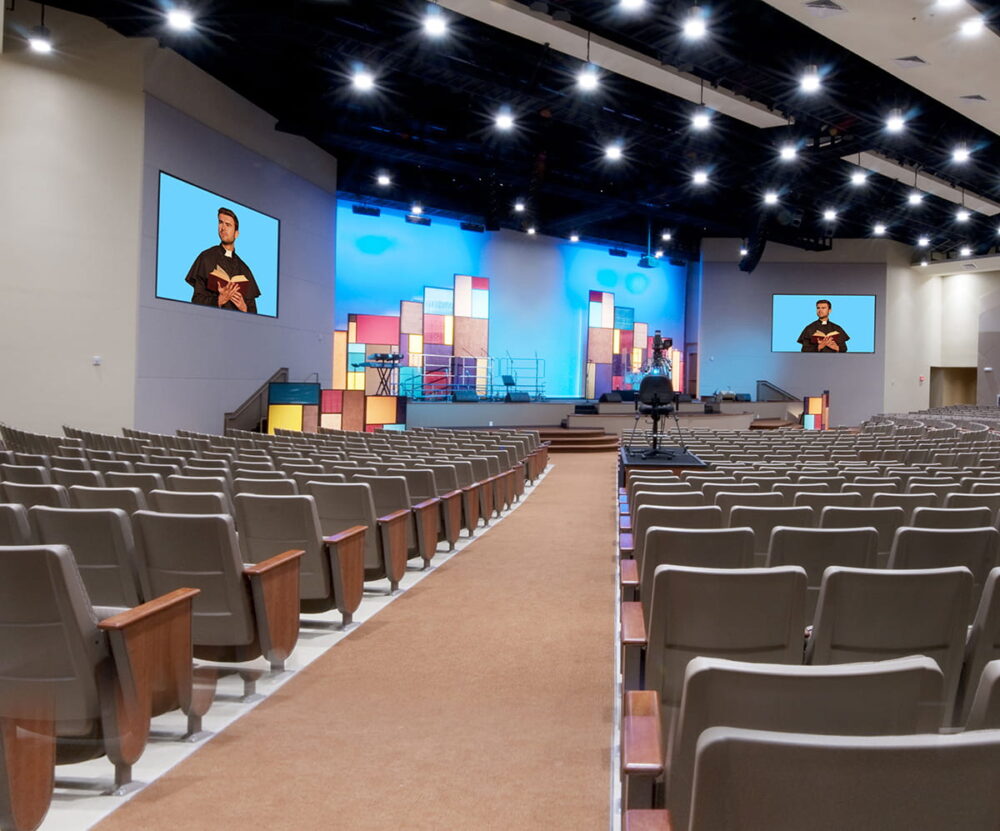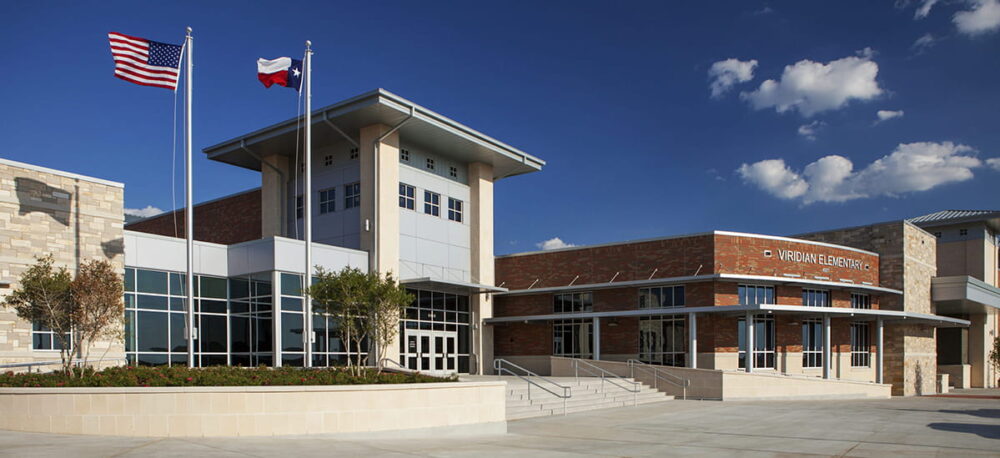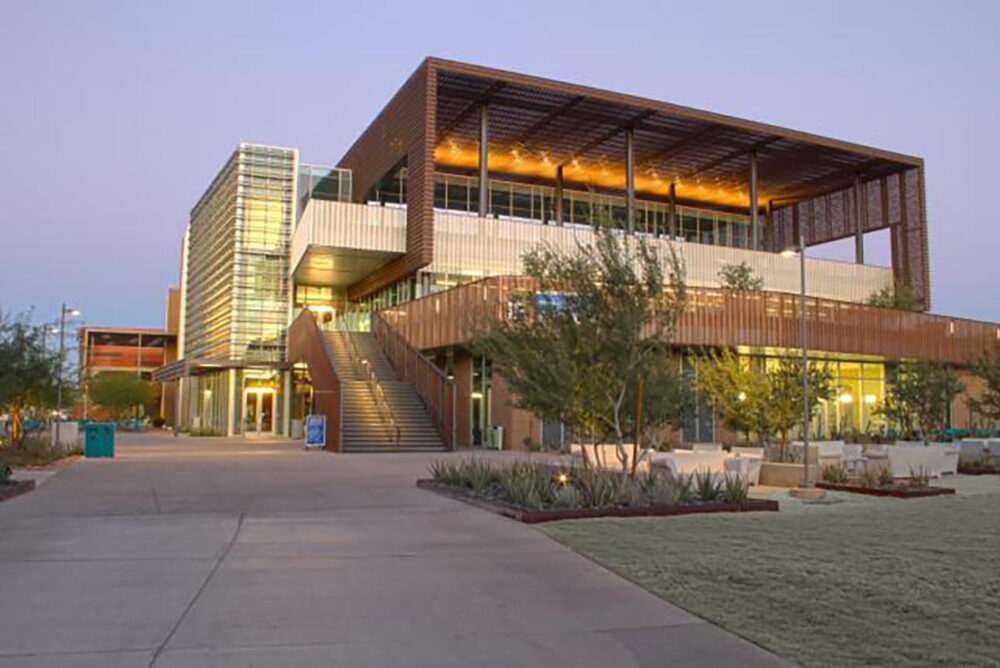June 8, 2022
Kramer scales up operations in Americas with new leadership, branding and products at InfoComm 2022

InfoComm, June 8, 2022 – Kramer, the leading audio-visual experience company, today announces its business transformation for the Americas at InfoComm 2022. Kramer can be found at Booth W723, West Hall, Exhibit Hall.
An audio-visual pioneer with over 40 years of experience and 20+ offices worldwide, Kramer has recently undergone a strategic evolution. The company has launched its new vision for the future, increased its R&D budget, and broadened its target sectors to Education, Government, Defense, and Enterprise.
Kramer’s global HQ has also created a regional structure across EMEA, APAC, and the Americas, including the opening of a new regional EMEA office in Amsterdam, to uphold stronger partner relationships and serve customers more efficiently than ever.
Meanwhile, the company has appointed Amit Ancikovsky as the new President of Kramer Americas, and set new goals to triple worldwide revenue over the next three years.
The New Kramer Vision
Visitors to Kramer’s booth at InfoComm, North America’s leading professional audio-visual trade show, will experience first-hand the company’s new brand and strategy.
Over the last couple of years, the physical and digital boundaries of our world have blurred, and people now live, work, and engage in more ways than ever before. But no matter how hybrid our everyday lives become, we continue to crave real, human connections, whether we are face-to-face or an ocean apart.
This new ‘physi-digi’ world now requires products that drive productivity and collaboration, both virtually and in person. Kramer’s vision is to meet this demand by creating technology that powers the world’s most intuitive end-to-end audio-visual experiences.
InfoComm also sees the American launch of Kramer’s new corporate identity. The updated logo, color scheme, and company value proposition represent connections: the seamless, dynamic power of Kramer’s technology to uphold the intersection of our physi-digi existence.
Kramer’s Solutions Portfolio
New products within Kramer’s AVoIP, collaboration technology, and UC pillars will also be showcased at InfoComm.
Featured solutions include the KDS-7 range of high-performance and scalable AVoIP solutions, the new line of Kramer collaboration devices, and upgrades to the VIA platform. Plus, the company’s latest software solutions will be demonstrated, including the first US showcase of new acquisition UCWorkspace within the Kramer portfolio.
On-site Kramer Experts and Spokespeople
Kramer CEO, Gilad Yron, and President of Kramer Americas, Amit Ancikovsky, will host an informal media session at the Kramer booth on June 9th from 10 AM, in which they will introduce the ‘new’ Kramer and share insights into their vision for the Americas region.
Kramer experts will also be on hand to discuss current trends in the industry, how they are reshaping organizations worldwide, and ways in which Kramer’s technology can help visitors navigate the future of communication and collaboration.
Gilad Yron, CEO at Kramer, said: “Now that we’re living in a truly hybrid, physi-digi world, Kramer has pivoted to become the end-to-end technology partner for organizations worldwide, powering global creativity, expression, and connectivity. I’m delighted to showcase this evolution at InfoComm and introduce our new Kramer Americas president, Amit, who has an outstanding record of leading major business transformations.”
Amit Ancikovsky, President of Kramer Americas, said: “Our end-to-end technologies support organizations and individuals to create more immersive connectivity experiences than ever, regardless of their location. I’m thrilled to join Gilad in showcasing our new vision, brand, and solutions at InfoComm 2022.”
Kramer at InfoComm
The InfoComm trade show will take place at the Las Vegas Convention Center, Las Vegas, USA, from 4th – 10th June 2022. Kramer will be exhibiting at Booth W723, West Hall, Exhibit Hall from 8th – 10th June.
For more information, please visit https://infocomm22.mapyourshow.com/8_0/exhibitor/exhibitor-details.cfm?exhid=1378.
Contact details
For additional information, please contact:
Veralyne Tan or Emily Roe at [email protected]


